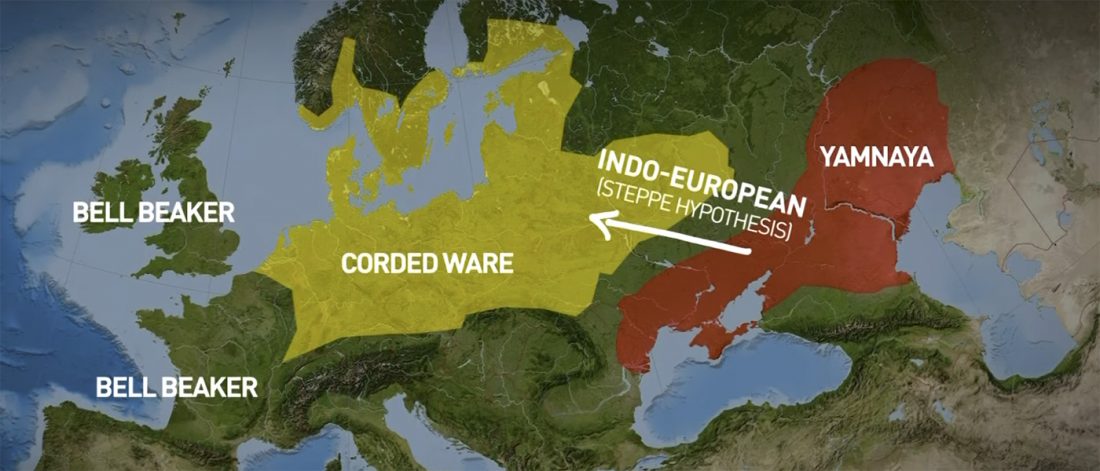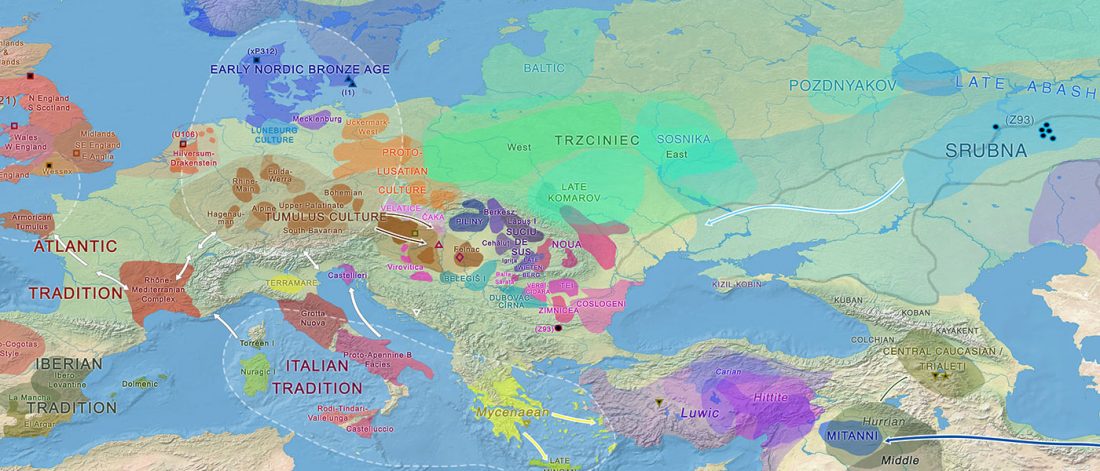New paper (behind paywall) The Expansion of the Indo-European Languages, by Frederik Kortlandt, JIES (2018) 46(1 & 2):219-231.
Abstract:
… Read the rest “Kortlandt: West Indo-Europeans along the Danube, Germanic and Balto-Slavic share a Corded Ware substrate”When considering the way the Indo-Europeans took to the west, it is important to realize that mountains, forests and marshlands were prohibitive impediments. Moreover, people need fresh water, all the more so when traveling with horses. The natural way from the Russian steppe to the west is therefore along the northern bank of the river Danube. This leads to the hypothesis that the western Indo-Europeans represent successive waves of migration along the Danube and its tributaries. The Celts evidently followed





